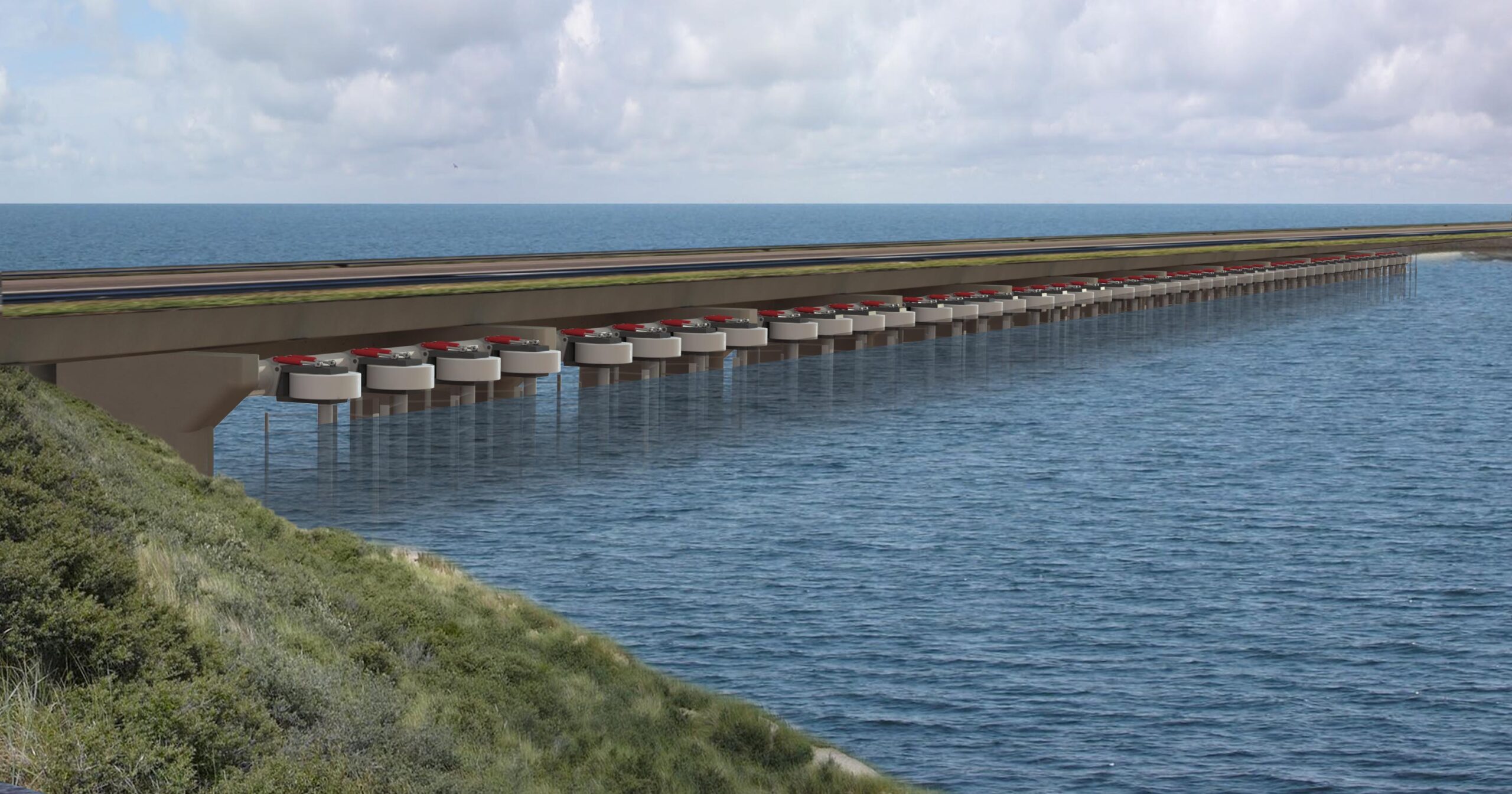River hydropower has been in the picture for decades. This concept of hydropower is the oldest and most widely used worldwide in the form of dams and both old and modern water mills. A disadvantage of the application of conventional techniques is the ecological impact: the fish-friendliness of the turbines is usually not in accordance with today’s requirements, the construction of installations is sometimes accompanied by considerable destruction of the environment, and the social and ecological impact of a reservoir is both upstream and downstream large. Modern innovative river installations can respond to this. This also includes small, mini and micro hydropower installations.
For example, a weir in the Oude IJssel river near Doesburg creates the ideal conditions for an innovative fish-friendly hydroelectric power station. With enough power to provide 500 households with electricity from the low incidence.
A concept that is applied in mountainous areas, and therefore a higher head, is run-of-river hydropower. Little or no water storage takes place here. Due to the lack of a reservoir, the impact on residents in the area is very small, there are no emissions of greenhouse gases and – if properly designed, built and managed – the influence on flora and fauna is minimal.
Multiple small (run-of-river) hydroelectric power plants can be combined in a tiered (cascade) configuration. In this way, even in situations with a very large head, a dam and reservoir are not necessary, and associated negative influences on people and the environment can be prevented.
Blue Ocean Energy has the knowledge and network of partners to develop modern river projects profitably.
